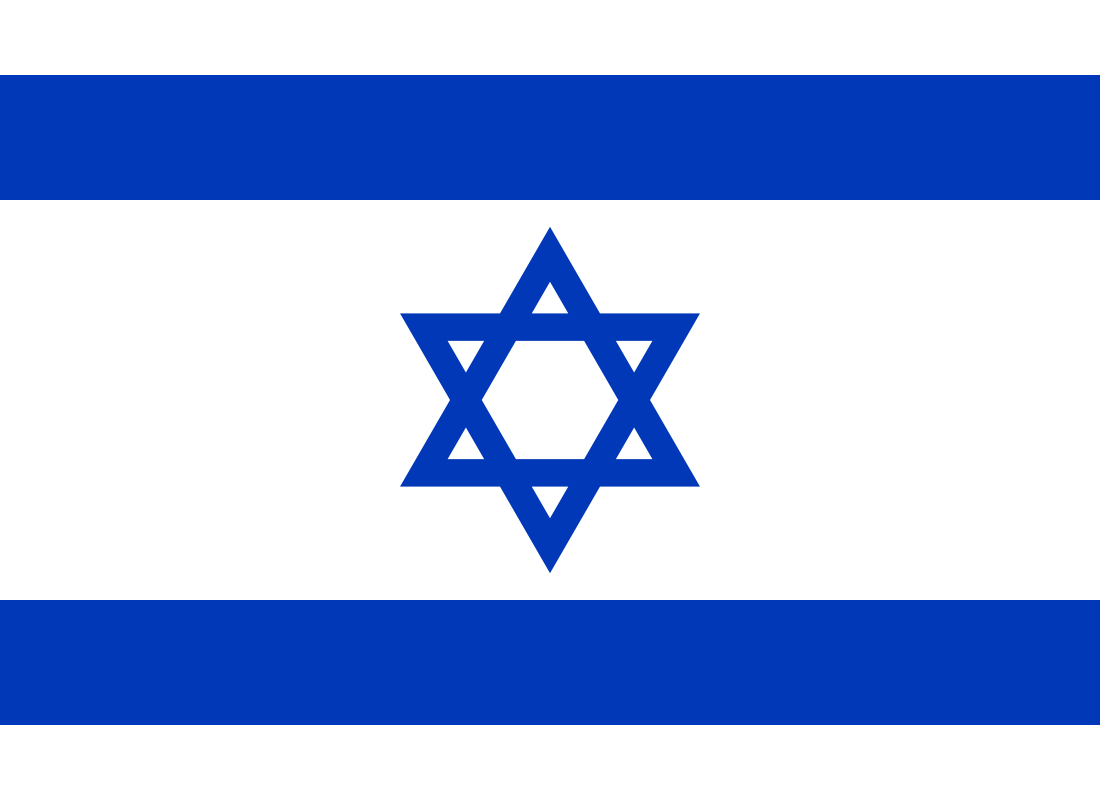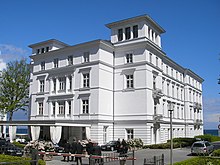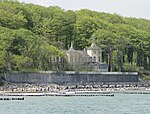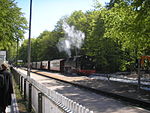
Mecklenburg-Vorpommern (MV; German:
[[Help:IPA/Standard German|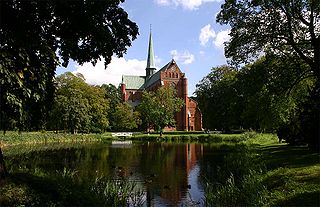
Bad Doberan (German pronunciation:
[[Help:IPA/Standard German|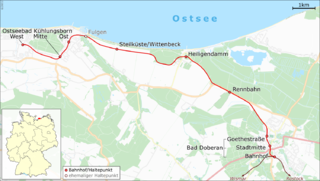
The Molli is a narrow-gauge steam-powered railway in Mecklenburg, Germany, running on 900 mm gauge track. It operates between Bad Doberan, Heiligendamm and Kühlungsborn West over a total distance of 15.4 km with a running time of 40 minutes. Within Bad Doberan the line runs through the street, and later along a linden tree-lined avenue.

Heringsdorf is a semi-urban municipality and a popular seaside resort on Usedom Island in Western Pomerania, Germany. It is also known by the name Kaiserbad.

Kühlungsborn (German pronunciation:
[[Help:IPA/Standard German|
Binz is the largest seaside resort city on the German island of Rügen.

The Grand Hotel Heiligendamm is a luxury hotel and gated community in Heiligendamm on the Mecklenburg Baltic coast in Germany.

Börgerende-Rethwisch is a municipality in the Rostock district, in Mecklenburg-Vorpommern, Germany.
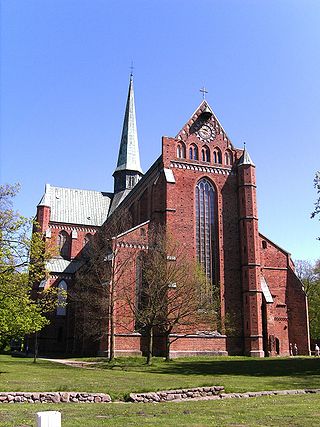
Doberan Abbey is a former Cistercian monastery in Bad Doberan, Mecklenburg-Vorpommern, Germany. The Brick Gothic church continues in use as Doberan Minster.
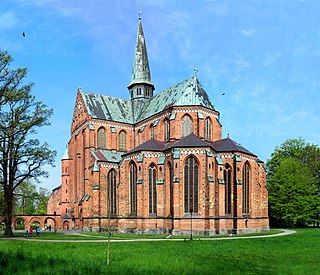
The Doberan Minster is the main Lutheran Church of Bad Doberan in Mecklenburg, Germany. Close to the Baltic Sea and the Hanseatic city of Rostock, it is the most important religious heritage of the European Route of Brick Gothic. It is the remaining part of the Ex-Cistercian Doberan Abbey, dedicated in 1368. The first abbey in Mecklenburg, founded in 1171, which was also used as the burial site for the regional rulers, became important both politically and historically.

The Class 99.32 engines were standard steam locomotives (Einheitsdampflokomotiven) in service with the Deutsche Reichsbahn in Germany. The three examples built are still working today on the Bäderbahn Molli between Bad Doberan and Kühlungsborn-West. A feature of the engines is the tapered driver's cab due to the restricted loading gauge of the upper section of the line. With a top speed of 50 km/h it is one of the fastest narrow gauge locomotive classes in the whole of Germany, however it cannot run at that speed on this particular route.

The Grand Duchy of Mecklenburg Friedrich-Franz Railway was the state railway company in Mecklenburg-Schwerin and Mecklenburg-Strelitz. After its second nationalisation in 1890 up to the merger of the Länderbahnen into the Deutsche Reichsbahn in 1920 it was under the direction of the Grand Duchy's Executive Railway Board in Schwerin.
The Mecklenburg T 7 engines were German, six-coupled, narrow gauge, steam locomotives with the Grand Duchy of Mecklenburg Friedrich-Franz Railway. They were employed on the Bäderbahn between Bad Doberan and Heiligendamm. They replaced the existing vehicles after the line had been extended to 15.4 kilometres to Arendsee. The three engines, which were later given the numbers 99 301 - 99 303 in the 1920s by the Deutsche Reichsbahn, were delivered in 1910, 1911 and 1914. The design of these locomotives was heavily based on those of the Class T 3 from Prussia. Later, two units went to the so-called Rübenbahn, the branch line from Tangermünde to Lüderitz. No. 99 302 was retired in 1932, the other two were given to the USSR in 1945 as reparations.
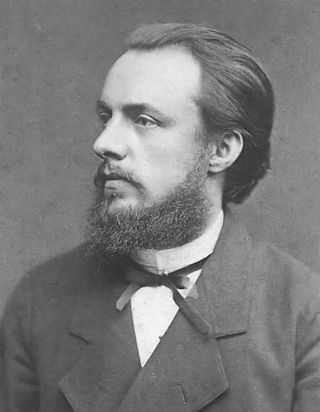
Gotthilf Ludwig Möckel or Ludwig Möckel was a German architect

Resort architecture is an architectural style that is especially characteristic of spas and seaside resorts on the German Baltic coast. The style evolved since the foundation of Heiligendamm in 1793, and flourished especially around the year 1870, when resorts were connected to big cities via railway lines. Until today, many buildings on the German coasts are built in the style or feature distinct elements of resort architecture.
The region of Middle Mecklenburg represents that area of the German state of Mecklenburg-Vorpommern with the most developed infrastructure in a state that is otherwise rather underdeveloped structurally. Middle Mecklenburg includes the largest urban centre in the state, the Hanseatic city of Rostock with its 200,000 inhabitants together with the surrounding district of the same name. The most important river in the region is the Warnow. Its transport links radiate from Rostock in a star configuration and the metropolitan region of the port city is served by a public transport network that includes the Rostock S-Bahn. Other important centres are the county towns of Bad Doberan and Güstrow. The main tourist attraction is the Baltic Sea coast along the Bay of Mecklenburg with the Salzhaff, the sea cliffs and the seaside resorts of Rerik, Kühlungsborn, Heiligendamm, Warnemünde and Graal-Müritz. In the south Middle Mecklenburg transitions into the naturally very unspoilt region of the Mecklenburg Lake District. In the east the River Recknitz forms its boundary with West Pomerania, in the west it merges gradually into West Mecklenburg.

Spa architecture is the name given to buildings that provide facilities for relaxation, recuperation and health treatment in spas. The architecture of these buildings is called "spa architecture" even though it is not a uniform architectural style, but a collective term for a genre of buildings with a spa function.
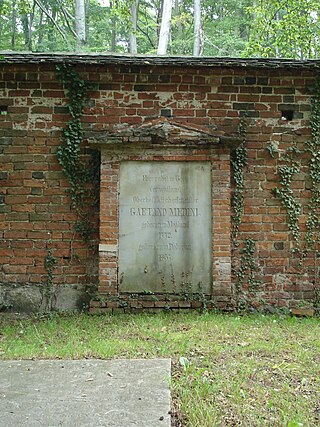
Gaetano Medini was an Italian-born German chef. In his time, he was well-known beyond the borders of Italy and was hired for the court of Mecklenburg.

Carl Theodor Severin was a German architect. He is regarded as one of the most important representatives of classicism in Mecklenburg.




